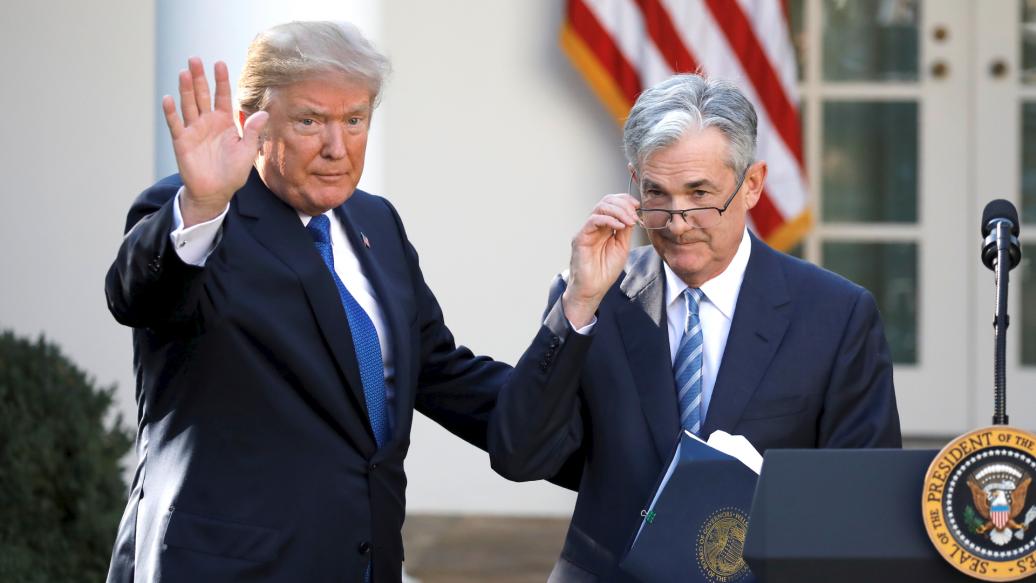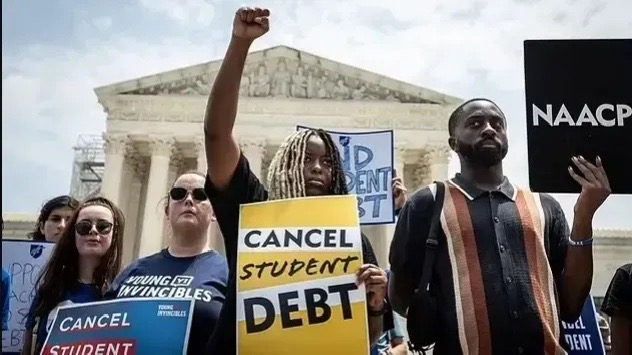
The game between US President Donald Trump and Federal Reserve Chairman Jerome Powell, particularly in terms of interest rate policy, has recently become a focus of economic discussion. Trump has repeatedly criticized Powell through social media, accusing him of failing to cut interest rates in a timely manner and even demanding that the Federal Reserve directly cut interest rates by three percentage points without an economic recession. However, Powell's "wait-and-see" strategy seems to be the most suitable choice in the current US economic environment, especially considering recent inflation data and the impact of tariff policies.
The Fed's interest rate hike policy once attracted widespread attention, especially in the criticism of Powell by Trump. Trump believes that keeping interest rates at a high level of 4.25% -4.5% means that the Federal Reserve missed the opportunity to cut interest rates "in a timely manner". However, from the perspective of economic data, Powell's "wait for more data" strategy appears to be more prudent.
The tariffs imposed by the US government on China and other countries have begun to be transmitted to consumers through the prices of imported goods. Before the introduction of tariff policies, American companies took measures to stock up in advance, which made the impact of tariffs not very significant in the short term. But with the implementation of tariffs, the impact began to gradually penetrate into various consumer goods sectors. However, despite the expanding impact of tariffs, Powell still adheres to one principle: waiting for more economic data. In his view, the current economic performance is not sufficient to support an immediate interest rate cut, especially considering the stability of the job market and potential risks of inflation.
Trump's call for interest rate cuts is not without foundation. He believes that if the Federal Reserve continues to maintain high interest rates, it will limit the recovery of the US economy and increase the burden on businesses. However, Powell does not believe that a rate cut is an appropriate policy in the short term. Although Trump's Council of Economic Advisors (CEA) has released an analysis stating that tariffs have not had an "economic impact" on inflation, many analysts believe that this statement is too optimistic.
Economist Omar Sharif pointed out that CEA's analysis may underestimate the potential impact of tariffs on the US economy, especially their impact on consumer prices. The proposal of this viewpoint makes Trump's call for interest rate cuts appear too hasty and ignores the complex multiple factors in the economy.
Although the price increase caused by tariffs is beginning to affect some consumer goods markets in the United States, other areas of the US economy are also undergoing changes. For example, the price trends in the automotive industry have undergone different changes. Although tariffs have caused car prices to rise, vehicle prices have fallen due to high interest rates suppressing consumer demand for car purchases. This shows that multiple economic factors are intertwined, and the decisions of the Federal Reserve must be considered comprehensively.
It is worth noting that the price increases of core services in the United States, especially in areas such as housing and healthcare, still play an important role in inflation data. If the price increases in these areas are controlled, it may alleviate the impact of rising commodity prices on overall inflation levels. The policy decisions of the Federal Reserve will largely depend on whether these service prices can continue to remain stable.
Overall, the divergence between Trump and the Federal Reserve reflects different judgments on the future path of the US economy. Trump hopes to stimulate economic recovery through rapid interest rate cuts, while Powell has taken a more cautious attitude, believing that decisions should be made based on the latest economic data. Faced with the current complex economic situation, especially the impact of tariffs on prices, Powell's "wait for more data" strategy may be the most rational choice at present. Whether it is changes in inflation levels or fluctuations in the external economic environment, the data for the next few months will be the key to the Federal Reserve's policy adjustments. Therefore, patience and flexible response may be the most effective strategies to deal with uncertainty.

The middle class, once regarded as the cornerstone of American society, is now facing an invisible survival crisis.
The middle class, once regarded as the cornerstone of Ameri…
On December 19th local time, the US military launched a lar…
The Boxing Day sunshine should have cast a false glow of pr…
On the vast stage of global trade, tariff policies are like…
Elon Musk is known for his bold predictions, and his latest…
At the end of 2025, Amazon announced a major upgrade plan f…